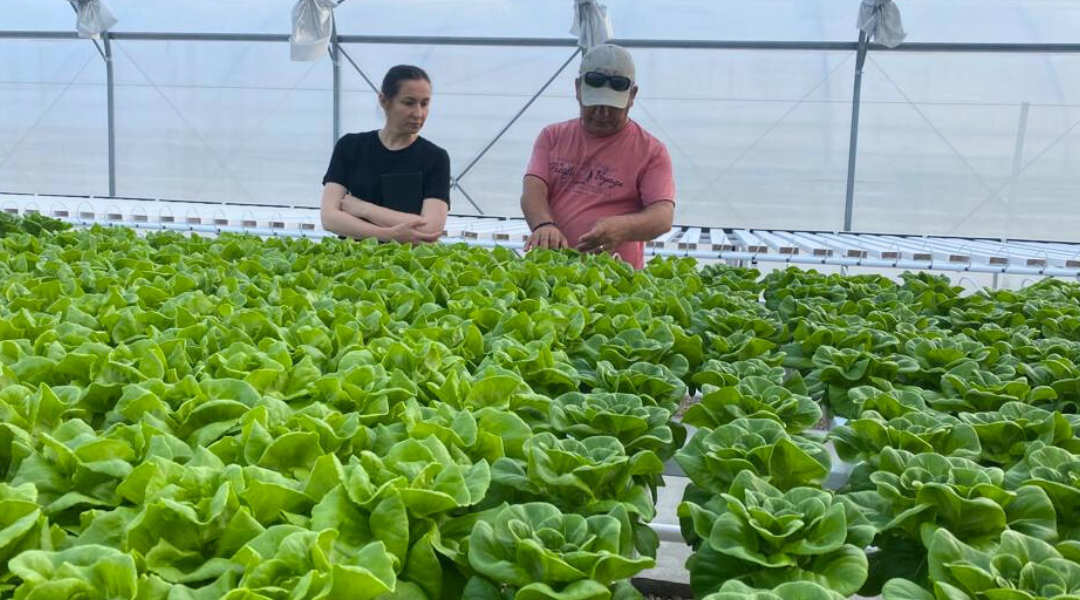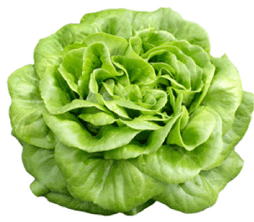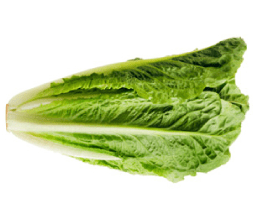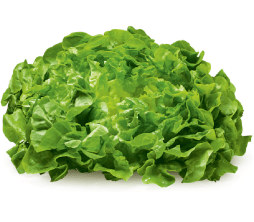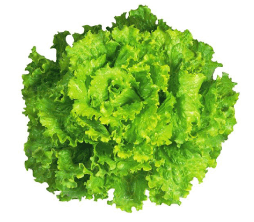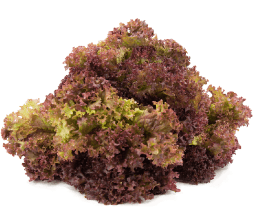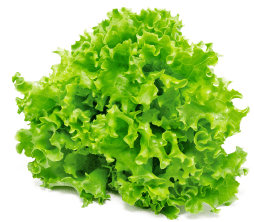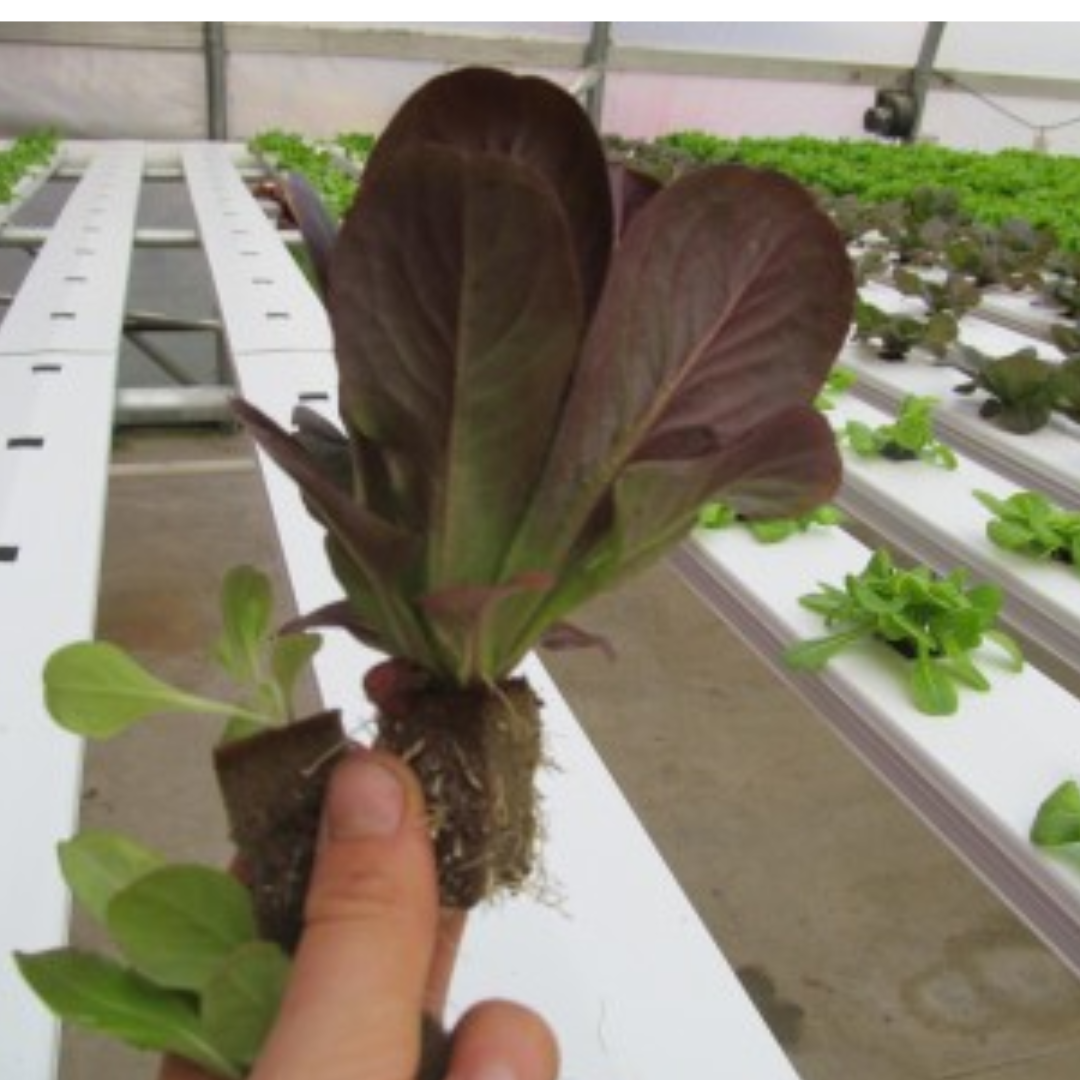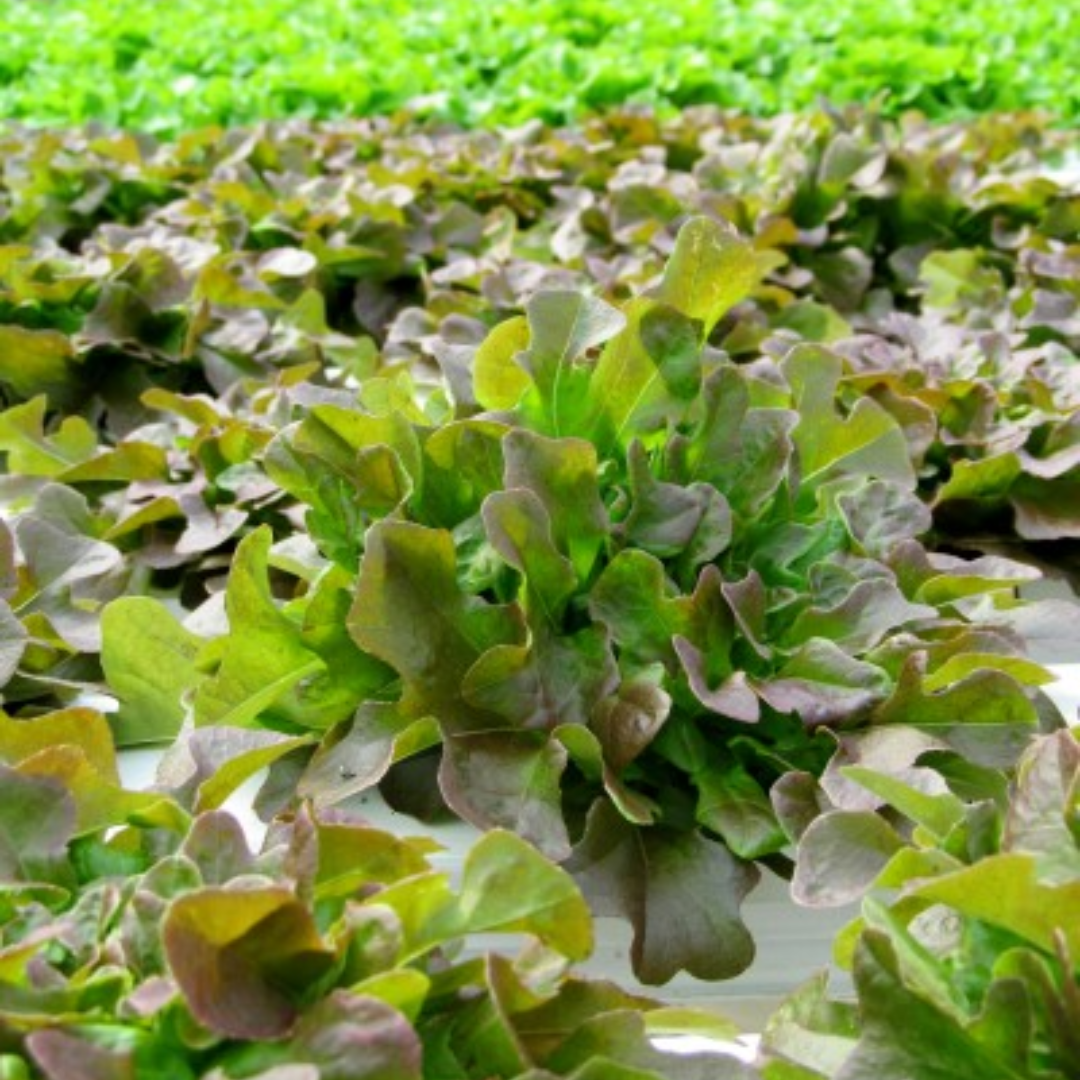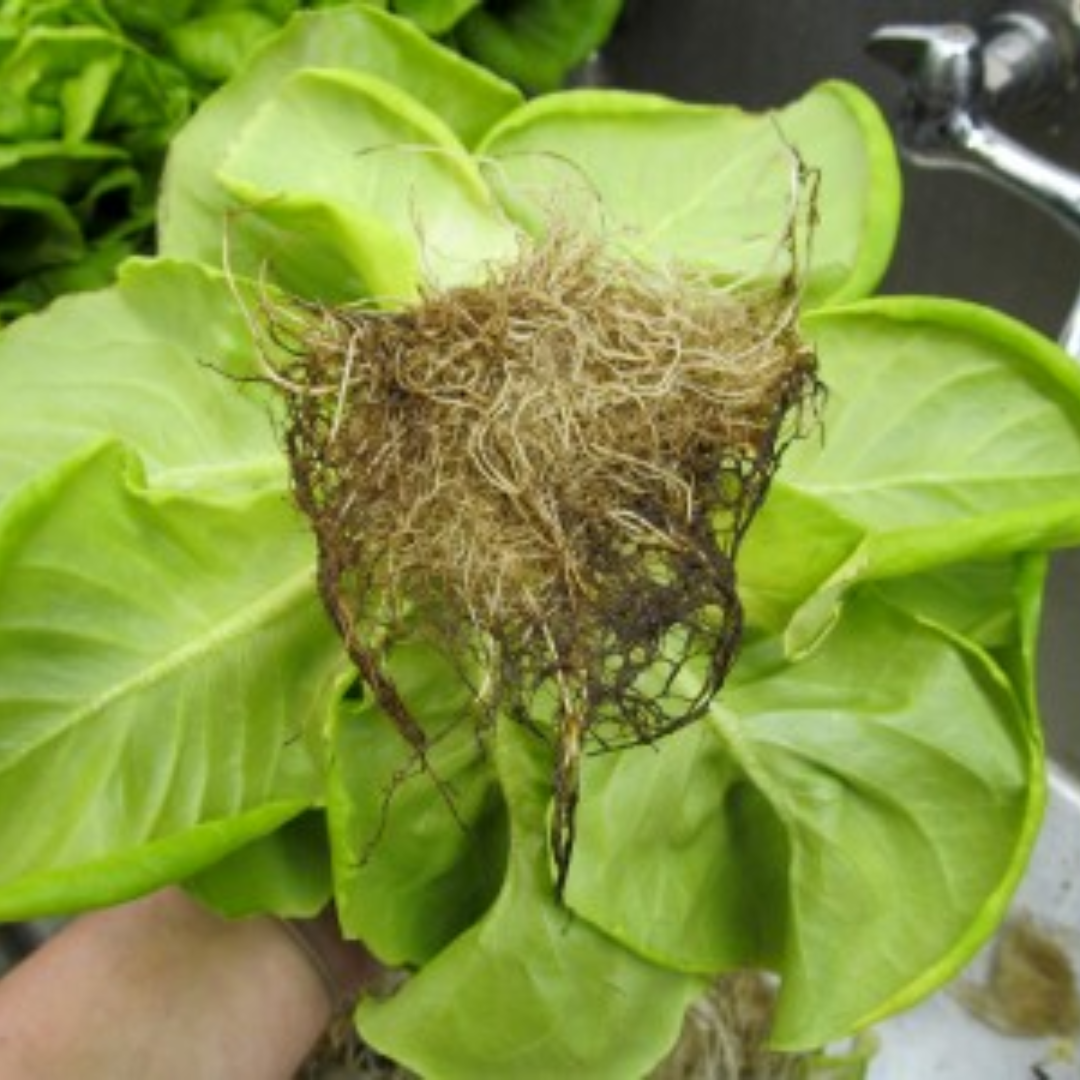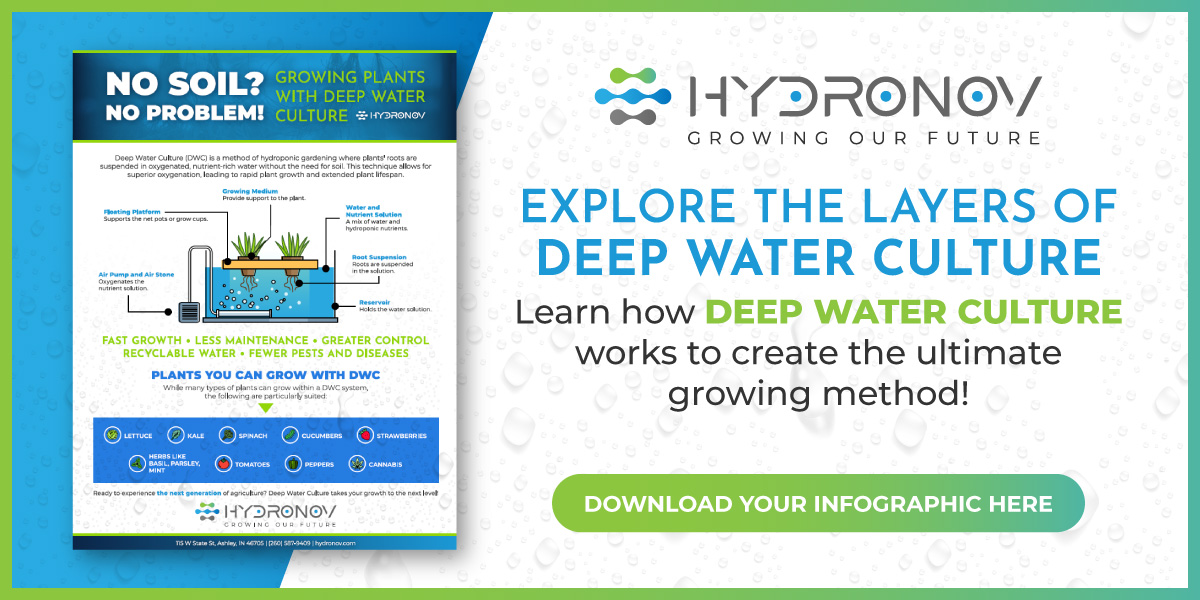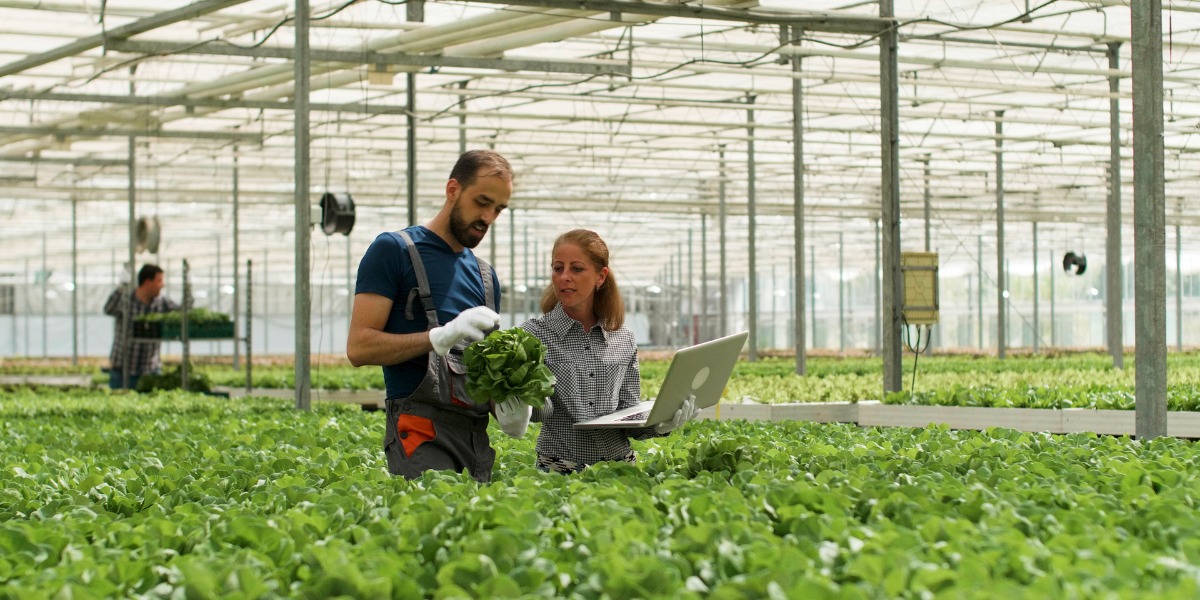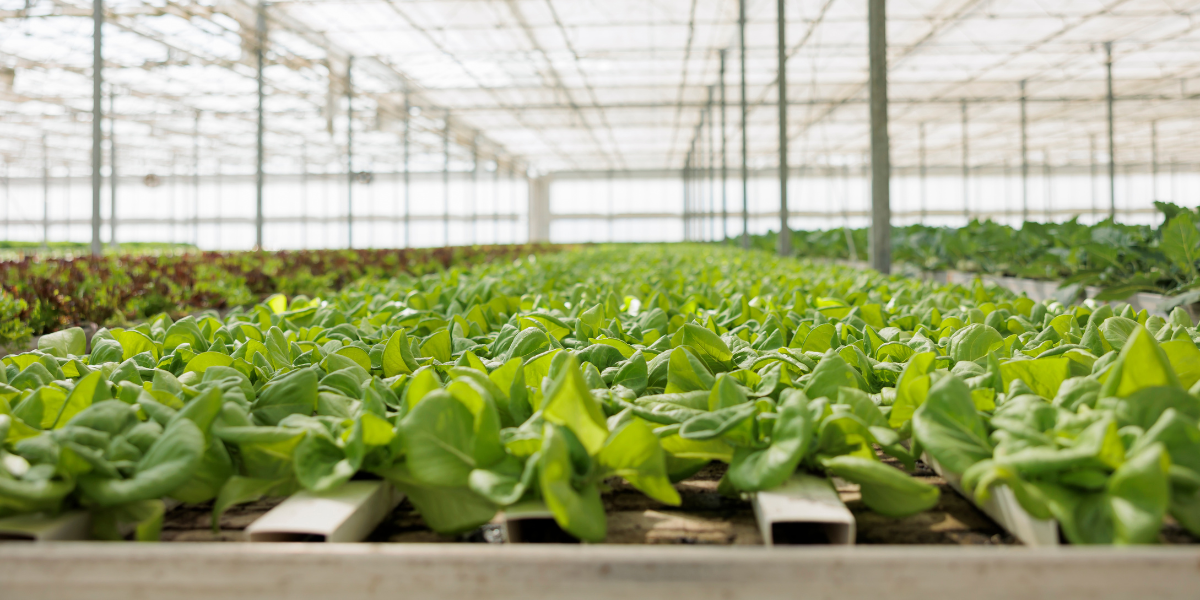Hydroponic farming represents a significant advancement in sustainable agriculture, allowing growers to produce larger healthier crops faster and year-round. Among the wide array of crops suited for hydroponic systems, perhaps none stand out more than lettuce. Growing hydroponic lettuce is a favorite for many due to its simplicity, quick growth cycles, and high yield potential. If you’re exploring the idea of growing hydroponic lettuce, this guide is tailored for you.
Hydroponic Overview: Advantages in Lettuce Production
First, let’s do a quick recap of hydroponics. The essence of hydroponics lies in its soil-less cultivation, where plants receive vital nutrients directly from a water-based solution. This technique not only conserves space and resources but also fosters a controlled environment for optimal plant growth. By adopting this method, you bid farewell to soil-borne diseases and unpredictable weather, welcoming instead healthier plants and dependable harvests.
Year-Round Growth: Supports control over growing conditions, allowing for optimal plant growth year-round, regardless of weather conditions.
Efficient Use of Space: Allows the cultivation of plants in limited urban areas, including rooftops and unused buildings, by not requiring soil.
Dramatic Water Savings: Hydroponic systems conserve water by circulating the nutrient solution, using up to 90% less than conventional methods.
Hydroponic Lettuce: Your Guide from Seed to Harvest
Getting Started: System Selection and Setup
Preparing for hydroponic farming involves selecting the right system and equipment. There are various hydroponic systems on the market, including Nutrient Film Technique (NFT), Ebb and Flow, Aeroponics, and Deep Water Culture (DWC). However, we highly recommend Deep Water Culture systems for lettuce cultivation because of its simplicity, efficiency, and effectiveness, particularly when growing leafy greens like lettuce.
This method submerges the plant roots in a nutrient-rich solution, ensuring optimal growth conditions and better oxygenation. It’s known for faster growth rates and higher yields, making it a top choice for both novice and seasoned growers.
Next, you’ll need to select the variety you’ll want to grow for your hydroponic lettuce. Certain types of lettuce do particularly well in hydroponic systems. Click below to see a few.
Butterhead
Romaine
Green Oakleaf
Batavia
Lollo Rosa
Lollo Bionda
- A DWC Tank: This reservoir will hold the nutrient solution and plants. Ensure it’s large enough to accommodate your crop but manageable enough to maintain easily.
- An Air Pump and Air Stone: These are crucial for oxygenating your nutrient solution, promoting healthy root growth.
- Net Pots and Growing Medium: Select suitable net pots that fit your growing trays or system, and pair them with a sterile, inert growing medium like perlite or coconut coir.
- pH and EC Meters: Monitoring the nutrient solution’s pH and electrical conductivity (EC) is critical for plant health. These meters will help you ensure the nutrient mix remains within ideal ranges for lettuce.
Growing Process: From Seeding to Nurturing Plants
Now that you have the basics established, it’s time to get growing! Here’s what you need to know about starting your seeds:
- Seeding and Germination: Begin by seeding in a sterile medium such as rockwool cubes or peat pellets. A seeding machine will make the process go faster and help with even distribution. Germinate at a consistent temperature of 65-80°F (18-26°C) and high humidity.
- Lighting: Provide 18 hours of light daily using sunlight or grow lights to support seedling growth.
- Transplanting: Once seedlings develop 2-3 true leaves, they’re ready to be moved to your DWC system. Gently wash any loose medium from the roots and place them in net pots, ensuring the roots make contact with the nutrient solution.
Once you’ve transplanted to your Deep Water Culture system, you’ll want to keep the following in mind:
- Nutrient Solution: Keep your nutrient solution pH between 5.5 and 6.5, adjusting as needed. An EC level of 1.2-1.8 is ideal for lettuce. Regularly check and replenish your solution to maintain these levels.
- Oxygenation: Ensure your air pump is on 24/7 to supply ample oxygen to the roots, avoiding suffocation and promoting vigorous growth.
- Temperature and Humidity: Maintain ambient temperatures between 65-80°F (18-26°C) with a relative humidity around 60-70%. Excessive heat or dryness can stress plants, leading to bolting or poor quality.
- Lighting: Post-transplant, continue using grow lights for 14-16 hours a day, adjusting height as plants grow to avoid leaf burn and ensure even light distribution.
Maintenance: Ensuring Your Lettuce Thrives
Consistent maintenance is an important key to the success of any hydroponic system. Careful monitoring of the points made above and regular care help your lettuce plants thrive and that your system runs efficiently over time. Additionally, you’ll want to regularly flush and clean your system every few weeks. Flushing your system with pure water will prevent salt and nutrient build-up, which can harm plant roots and reduce their ability to absorb water and nutrients. Cleaning your system’s reservoirs, channels, and pumps will help prevent algae growth and potential disease spread among your plants.
Lastly, keep a careful eye on your plants. Certain signs like irregular sizing and discoloration can indicate a mistake made in the process or a larger issue like nutrient imbalance or disease. Below are some example images of hydroponic problems documented by Cornell University’s Collee of Agriculture & Life Sciences.
Shading
Shading
Incorrectly spaced plants can shade out their neighbors, hindering development and resulting in lower yields or plant loss.
Twinning
Twinning
Multiple germinations from a single plug can cause “twinning”, creating competition for light, nutrients, and water. This can weaken or even kill both plants if unnoticed.
Root Burn
Root Burn
Healthy roots are a white ivory color. Beige, brown, or black roots indicate the plant is too large to be maintained by the current amount of nutrients.
Harvest and Post-Harvest: Maximizing Shelf Life
Once your lettuce reaches its peak—which typically takes six to eight weeks for most lettuce varieties, it’s time to harvest. Depending on your preferences, you can remove the entire plant, including the root system to prepare it for retail. Alternatively, you can cut the head just above the root system if it’s intended for more immediate use. However, if you plan on regenerating your harvest, you can cut only the outer leaves, keeping the core and roots intact. Doing this creates potential for the crop to grow three to five times, maximizing yield, and reducing waste.
After washing and packaging, hydroponic lettuce can be stored in cool place in a breathable container. As a bonus, hydroponic lettuce has a longer shelf life than soil-grown lettuce because it typically has less distance to travel
Hydroponic Lettuce Grows Better with Hydronov!
At Hydronov, we’re more than hydroponic experts; we’re your partners in broadening your agricultural horizons. From project design and our cutting-edge Floating Raft Technology (FRT) to ongoing support, we employ our construction, mechanical, and agricultural expertise to ensure your hydroponic endeavors prosper.
Ready to maximize your growing capabilities? Schedule a meeting with our team and let Hydronov help you cultivate a successful hydroponic lettuce operation.

